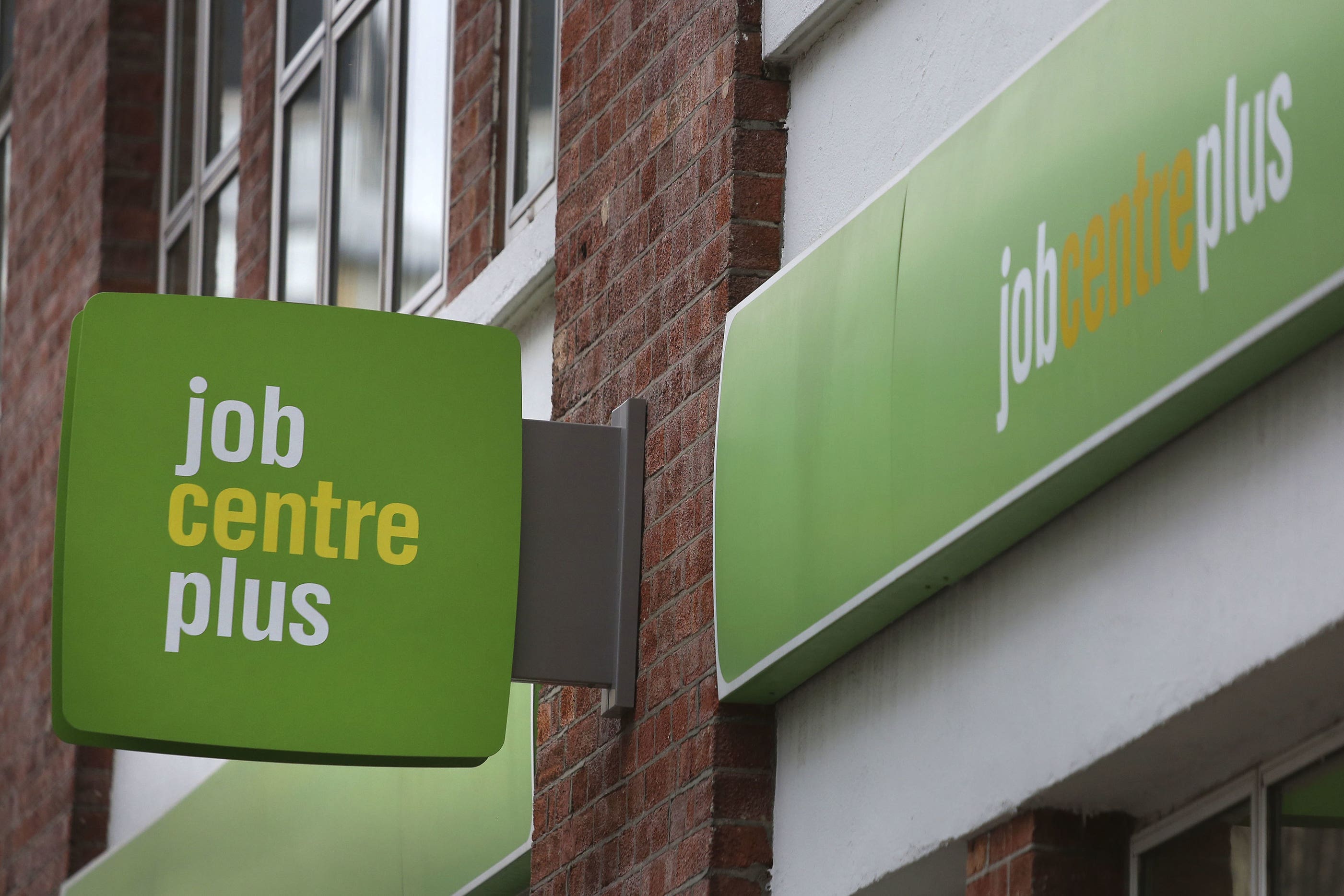Unemployment rate falls unexpectedly as number in work hits record high
The Office for National Statistics said the jobless rate fell to 3.8% in the three months to April from 3.9% in the previous quarter.

Your support helps us to tell the story
From reproductive rights to climate change to Big Tech, The Independent is on the ground when the story is developing. Whether it's investigating the financials of Elon Musk's pro-Trump PAC or producing our latest documentary, 'The A Word', which shines a light on the American women fighting for reproductive rights, we know how important it is to parse out the facts from the messaging.
At such a critical moment in US history, we need reporters on the ground. Your donation allows us to keep sending journalists to speak to both sides of the story.
The Independent is trusted by Americans across the entire political spectrum. And unlike many other quality news outlets, we choose not to lock Americans out of our reporting and analysis with paywalls. We believe quality journalism should be available to everyone, paid for by those who can afford it.
Your support makes all the difference.Britain’s unemployment rate has fallen unexpectedly as the number of people in work hit a new record high and rose past its pre-pandemic level for the first time, according to official figures.
The Office for National Statistics (ONS) said the UK jobless rate fell to 3.8% in the three months to April from 3.9% in the previous quarter.
Most economists were expecting the unemployment rate to edge up to 4%.
The ONS said the employment rate rose to 76% in the latest quarter, edging up from 75.9% in the previous three months, with the number of people in jobs at an all-time high of 33.1 million, up 250,000 quarter on quarter as more Britons returned to the jobs market.
More timely data estimated the number of employees on UK payrolls rose by 23,000, or 0.1%, during May to 30 million, while the ONS revised away last month’s surprise fall, with data now showing an increase of 7,000 in April.
But there were also some worrying signs for the employment sector, with vacancies falling for the 11th time in a row and another record high for those off work due to long-term sickness.
And average weekly regular wages hit a record outside the skewed pandemic years, but remained down with inflation taken into account.
Darren Morgan, director of economic statistics at the ONS, said: “With another rise in employment, the number of people in work overall has gone past its pre-pandemic level for the first time, setting a new record high, as have total hours worked.
“The biggest driver in recent jobs growth, meanwhile, is health and social care, followed by hospitality.
“While there has been another drop in the number of people neither working nor looking for work, which is now falling right across the age range, those outside the jobs market due to long-term sickness continues to rise, to a new record.”
The latest figures show that regular wages, not including bonuses, jumped 7.2% higher in the three months to April, up from 6.8% in the three months to March, as April’s 9.7% rise in the National Living Wage helped push up salaries.
Rising prices are continuing to eat into people’s pay cheques
But, despite the record surge, pay continues to be outstripped by rising prices, with regular wages down 2.3% with Consumer Prices Index inflation (CPI) taken into account.
The figure will also be watched closely by the Bank of England ahead of its interest rate decision next week for further evidence of inflation pressures in the economy.
Chancellor Jeremy Hunt said: “Rising prices are continuing to eat into people’s pay cheques – so we must stick to our plan to halve inflation this year to boost living standards.”
The latest data revealed that vacancies dropped 79,000 quarter on quarter in March to May to 1.05 million, with the ONS saying this reflected “uncertainty across industries, as survey respondents continue to cite economic pressures as a factor in holding back on recruitment”.
More people previously classed as inactive looked to join the jobs market in another sign of cost-of-living pressures, with increases in both employed and self-employed.
But the number of people off due to long-term sickness reached another high of 2.6 million in the three months to April.
The ONS also said there were 257,000 days lost to strikes in April as widespread industrial action continued to take its toll.